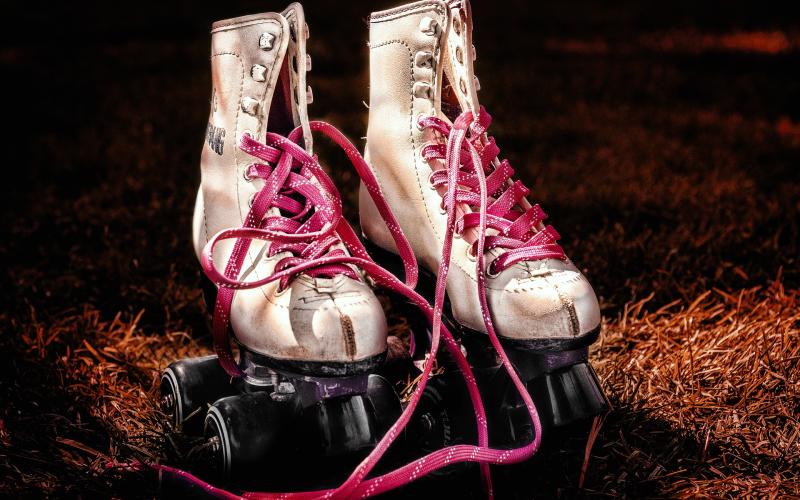
Two very real-world questions for you are: how should you dress for a negotiation, mediation, conflict resolution or a collaboration; and how may your dress influence the process?
How you dress may not really matter, but on the other hand dress may be very important. Whether it is or not here are some things to consider.
As a person that engages in all of these activities in a wide range of proceedings from public housing disputes, neighborhood disputes, county housing court, county small claims court, family succession planning mediations, management disputes, corporate disputes between entities, business disputes with the IRS and other venues, I would propose that it can make a real difference.
Some questions to ask as a mediator or facilitator perspective are:
- What would make the participants most at ease in this situation?
- What are the expectations of the participants?
- What may I be comfortable wearing in my role?
- What am I trying to state as a fashion statement if anything?
- Does it matter in this instance and if so why and what should I do about it?
For the participants in a negotiation, mediation, conflict resolution or a collaboration should they be asking themselves the same types of questions?
Some questions to ask as a participant to the proceedings are:
- What form of dress might be conducive or counterproductive towards resolving this issue with the other party?
- What if I show up with dress that was unexpected? What are the consequences if any?
- What can I wear that will make me comfortable?
- Is what I am wearing distracting from the process or contributing to the process?
- Does it matter in this instance, and if so why or what should I do about it?
Given these questions and assuming there is a goal to use alternative dispute resolution techniques to resolve an issue some real-world scenario examples might shed light on the situation.
Public housing disputes, neighborhood disputes, county housing court, county small claims court
In these settings I have found dressing business casual is well received. The participants can be intimidated in more formal dress, for example me wearing a suit. I have seen attorneys that use their formal dress in part for intimidation in some of these settings. Correspondingly if I was to wear blue jeans and a sweat shirt, I am not be seen as having credibility. Having worked in this area for over 14 years I have found what works for me and participants are dress shoes, dress pants and a collared shirt. However, this part of my local culture too here in the Minneapolis area.
Management disputes, corporate disputes between entities, business disputes with the IRS and other venues
This varies, but has some central themes based on the questions above and geography. What is “normal” given the nature of the parties and how they dress and what are their expectations? In high tech Silicon Valley and with younger entrepreneurs informal business dress works well. In high stakes corporate environments with large sums of money involved in finance for example a formal business suit is generally expected. In each instance the questions above needs to be addressed. Again, geography matters. In New York City I wear a suit. In western Montana I wore informal business attire and that was to formal. I was the only one there not in cowboy boots, blue jeans and an informal collared shirt. I learned from that experience early on.
In these settings, I am able to meet with the participants ahead of time and that provides me with some real insights as to what may be important to the participants. It may also give me insight as to how I may coach participants before initiating a facilitation, negotiation or mediation. In the previous section where I generally am not able to meet with the parties ahead of time actual experience or networking with others that have been in those types of sessions may prove very insightful.
Researching this issue, I came upon an interesting article from the Harvard Program on negotiation that seems to echo these comments with some real world examples with participants in retail and the fashion industry. It is interesting to read the perspective of those in the public relations industry too.
In summary, review the questions above and give them some thought before going into the session. In the end, know yourself and be true to yourself, while being conscious of the other party’s perspective. This can go a long way towards having a successful negotiation, mediation, conflict resolution or a collaboration.
Contact Mike Gregory to speak to your group or consult with you, and check out his website, books and helpful content on the right side of his About page. Michael Gregory, NSA, ASA, CVA, MBA and a Qualified Mediator with the Minnesota Supreme Court, is an international speaker that helps others resolve conflict, negotiate winning solutions and inspire leaders by emphasizing collaboration. Mike services clients business to IRS, business to business and within businesses. Mike has written 11 books including The Servant Manager, 203 tips from the best places to work in America and Peaceful Resolutions. Mike may be contacted directly at mg@mikegreg.com and at (651) 633-5311.
